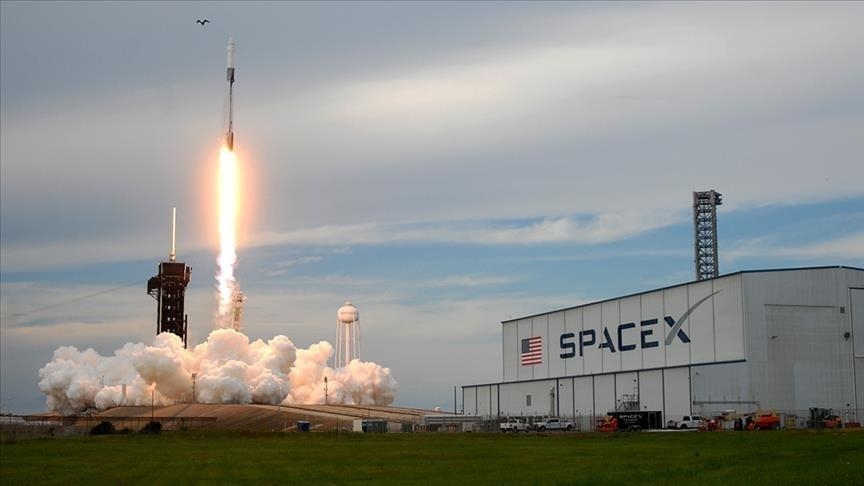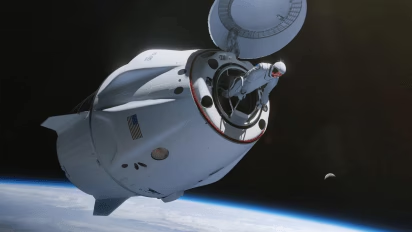SpaceX CEO Elon Musk announced Sunday that the company plans to launch approximately five uncrewed Starship missions to Mars within the next two years.
Musk shared the ambitious timeline on the social media platform X, formerly known as Twitter. He stated that these missions would coincide with “the next Earth-Mars transfer window,” a period when the planets’ orbits allow for more efficient travel between them.

The timeline for the first crewed mission to Mars hinges on the success of these initial uncrewed flights, Musk explained. If the unmanned missions land safely, SpaceX aims to launch crewed missions in four years. However, if challenges arise, the timeline for human missions could be pushed back by an additional two years.
This latest announcement follows Musk’s earlier prediction that the first uncrewed Starship would land on Mars within five years, with human landings occurring within seven years.
SpaceX achieved a significant milestone in June when a Starship rocket successfully completed a full test mission around the globe on its fourth attempt, surviving a fiery, hypersonic return from space and landing in the Indian Ocean.
The Starship project is central to Musk’s vision of developing a versatile, next-generation spacecraft capable of transporting people and cargo to the moon and, ultimately, to Mars.

NASA has incorporated SpaceX’s Starship into its Artemis program, which aims to return humans to the lunar surface. The space agency recently delayed the Artemis 3 mission, which will use Starship for the first crewed moon landing in half a century, to September 2026.
Despite these ambitious plans, some setbacks have occurred. In June, Japanese billionaire Yusaku Maezawa canceled a private lunar mission that was to use SpaceX’s Starship, citing uncertainties in the rocket’s development schedule.
Musk’s announcements, while exciting for space enthusiasts, come with the caveat that he is known for providing changing timelines on Starship’s readiness. The success of these planned Mars missions could significantly impact the future of space exploration and SpaceX’s role in it.



